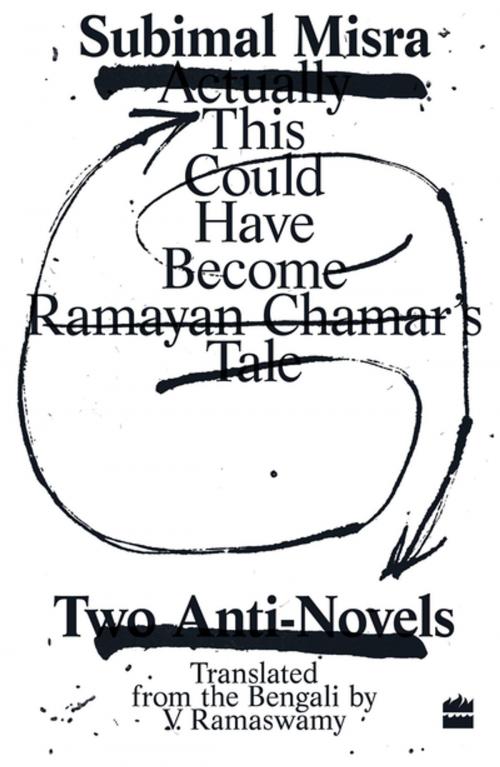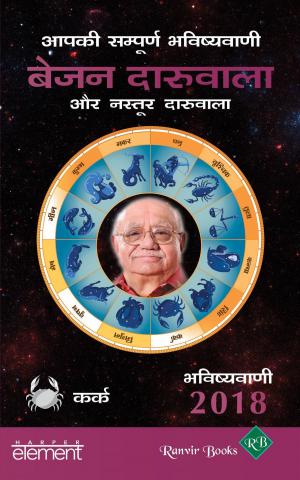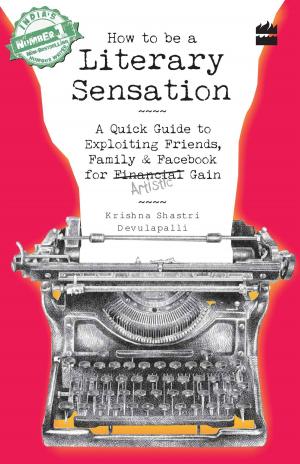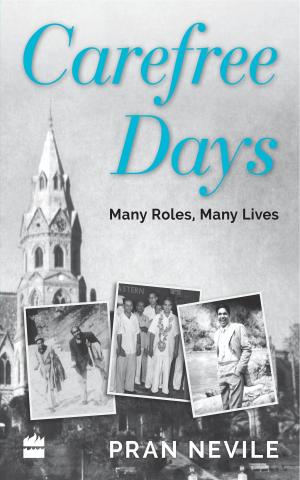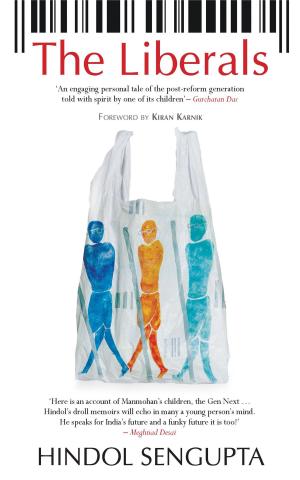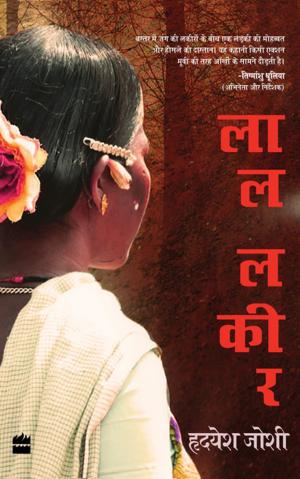| Author: | Subimal Misra, V. Ramaswamy | ISBN: | 9789353023089 |
| Publisher: | HarperCollins Publishers India | Publication: | January 25, 2019 |
| Imprint: | Harper Perennial India | Language: | English |
| Author: | Subimal Misra, V. Ramaswamy |
| ISBN: | 9789353023089 |
| Publisher: | HarperCollins Publishers India |
| Publication: | January 25, 2019 |
| Imprint: | Harper Perennial India |
| Language: | English |
Subimal Misra - anarchist, activist, anti-establishment, experimental 'anti-writer' - is a contemporary master, and among India's greatest living authors. This Could Have Become Ramayan Chamar's Tale is a novella about a tea-estate worked turned Naxalite named Ramayan Chamar, who gets arrested during a worker's strike and is beaten up and killed in custody. But every time the author attempts to write that story, reality intrudes in various forms to create a picture of a nation and society that is broken down, and where systemic inequalities are perpetuated by the middle- and upper-classes who are either indifferent or actively malignant. When Colour Is A Warning Sign goes even further in its experimentation, abandoning the barest pretence of narrative and composed entirely as a collage of vignettes, dialogue, reportage, autobiography, etc. Together these two anti-novels are a direct assault on the 'vast conspiracy of not seeing' that makes us look away from the realities of our sociopolitical order. In V. Ramaswamy's translation, they make for difficult, challenging but ultimately immensely powerful reading.
Subimal Misra - anarchist, activist, anti-establishment, experimental 'anti-writer' - is a contemporary master, and among India's greatest living authors. This Could Have Become Ramayan Chamar's Tale is a novella about a tea-estate worked turned Naxalite named Ramayan Chamar, who gets arrested during a worker's strike and is beaten up and killed in custody. But every time the author attempts to write that story, reality intrudes in various forms to create a picture of a nation and society that is broken down, and where systemic inequalities are perpetuated by the middle- and upper-classes who are either indifferent or actively malignant. When Colour Is A Warning Sign goes even further in its experimentation, abandoning the barest pretence of narrative and composed entirely as a collage of vignettes, dialogue, reportage, autobiography, etc. Together these two anti-novels are a direct assault on the 'vast conspiracy of not seeing' that makes us look away from the realities of our sociopolitical order. In V. Ramaswamy's translation, they make for difficult, challenging but ultimately immensely powerful reading.
